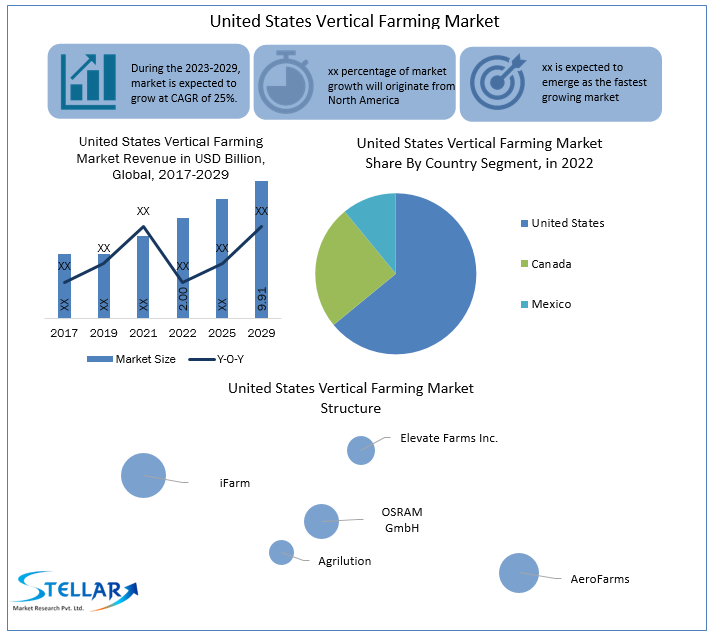
Harnessing the Wind: Advancements in Turbine Technology
Wind Turbine Technology has undergone significant advancements, transforming the renewable energy landscape. This article explores the evolution of wind turbines, their environmental impact, and the role they play in shaping a sustainable energy future.
The Evolution of Wind Turbine Design
The journey of Wind Turbine Technology begins with the evolution of design. Early wind turbines were simple, featuring a horizontal-axis design with two or three blades. Over time, technological innovations led to the development of more efficient designs, including the modern three-blade horizontal-axis turbine that dominates the landscape today. These innovations have increased energy capture and minimized environmental impact.
Advancements in Materials and Manufacturing
Materials and manufacturing processes have played a crucial role in enhancing the efficiency and durability of wind turbines. Advanced materials such as carbon fiber and composite materials are now commonly used to construct turbine blades. These materials offer high strength-to-weight ratios, enabling longer blades that capture more wind energy. Precision manufacturing techniques contribute to the reliability and performance of modern turbines.
Increased Turbine Size and Hub Heights
One of the notable trends in Wind Turbine Technology is the increase in turbine size. Larger turbines with higher hub heights are becoming common in the quest for greater energy yield. Taller towers enable access to stronger and more consistent winds at higher altitudes, resulting in increased electricity generation. This trend aligns with the goal of maximizing energy output while minimizing the number of turbines needed.
Smart Technologies and Predictive Maintenance
The integration of smart technologies has brought about a paradigm shift in turbine operation and maintenance. Sensors and data analytics enable real-time monitoring of turbine performance. Predictive maintenance algorithms use this data to anticipate potential issues and schedule maintenance before major problems arise. This proactive approach enhances turbine reliability and reduces downtime.
Offshore Wind Farms and Deep-Water Turbines
Offshore wind farms represent a frontier in Wind Turbine Technology. The vast expanses of open water offer opportunities for harnessing strong and consistent winds. Turbines installed in deep waters face engineering challenges, but advancements are being made in floating turbine technology. These offshore projects contribute significantly to renewable energy generation.
Environmental Impact and Sustainability
Wind Turbines are heralded as a clean and sustainable energy source, but their environmental impact is a topic of discussion. The manufacturing, installation, and decommissioning processes require resources and energy. However, the long-term benefits in terms of carbon emission reduction and sustainable energy generation outweigh these initial impacts. Ongoing research focuses on minimizing the environmental footprint of wind energy.
To learn more about Wind Turbine Technology, visit dataharza.my.id. Exploring the evolution of wind turbines showcases the commitment to clean energy solutions. From innovative designs to smart technologies and sustainability considerations, Wind Turbine Technology continues to be at the forefront of the renewable energy revolution.



